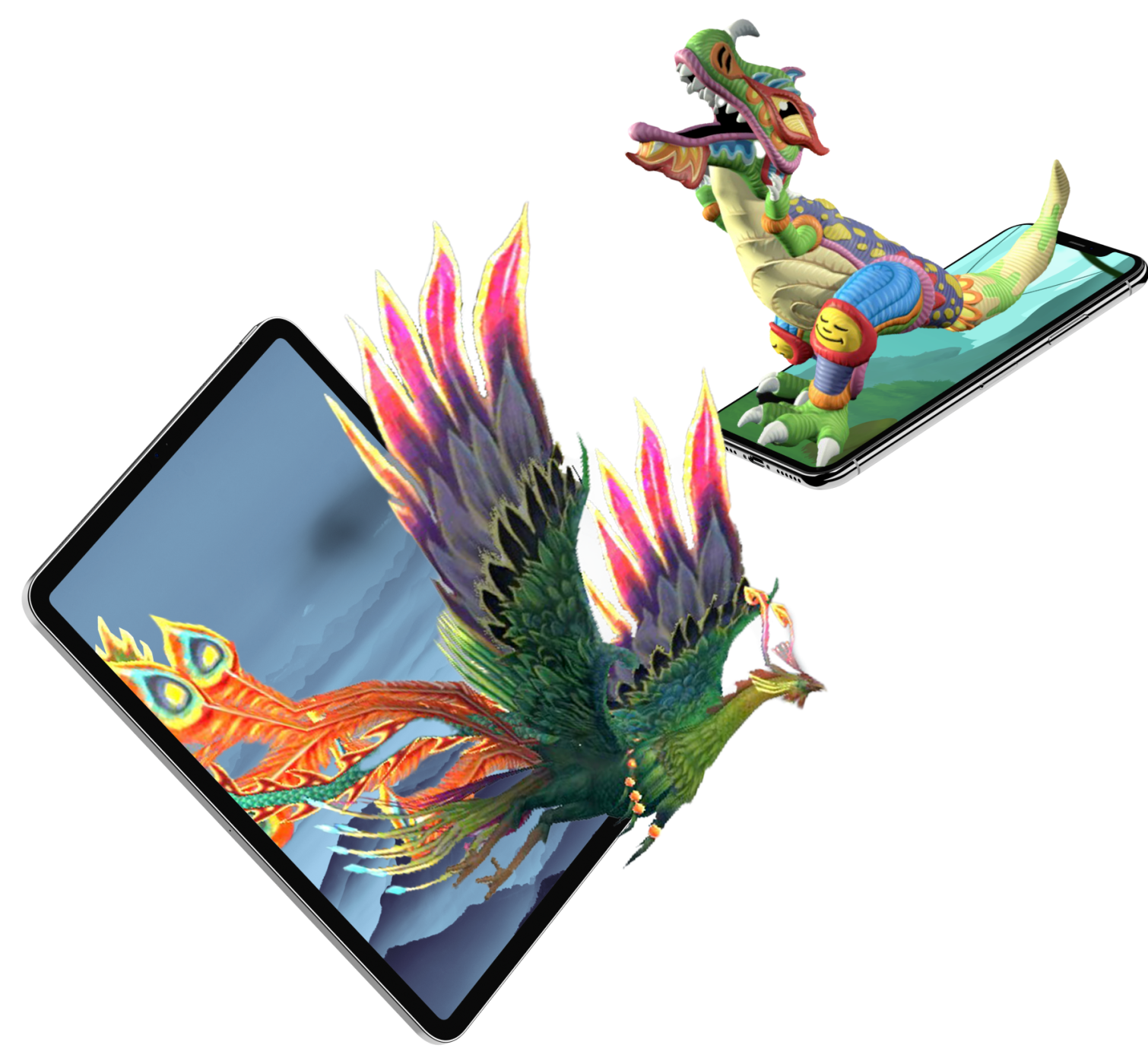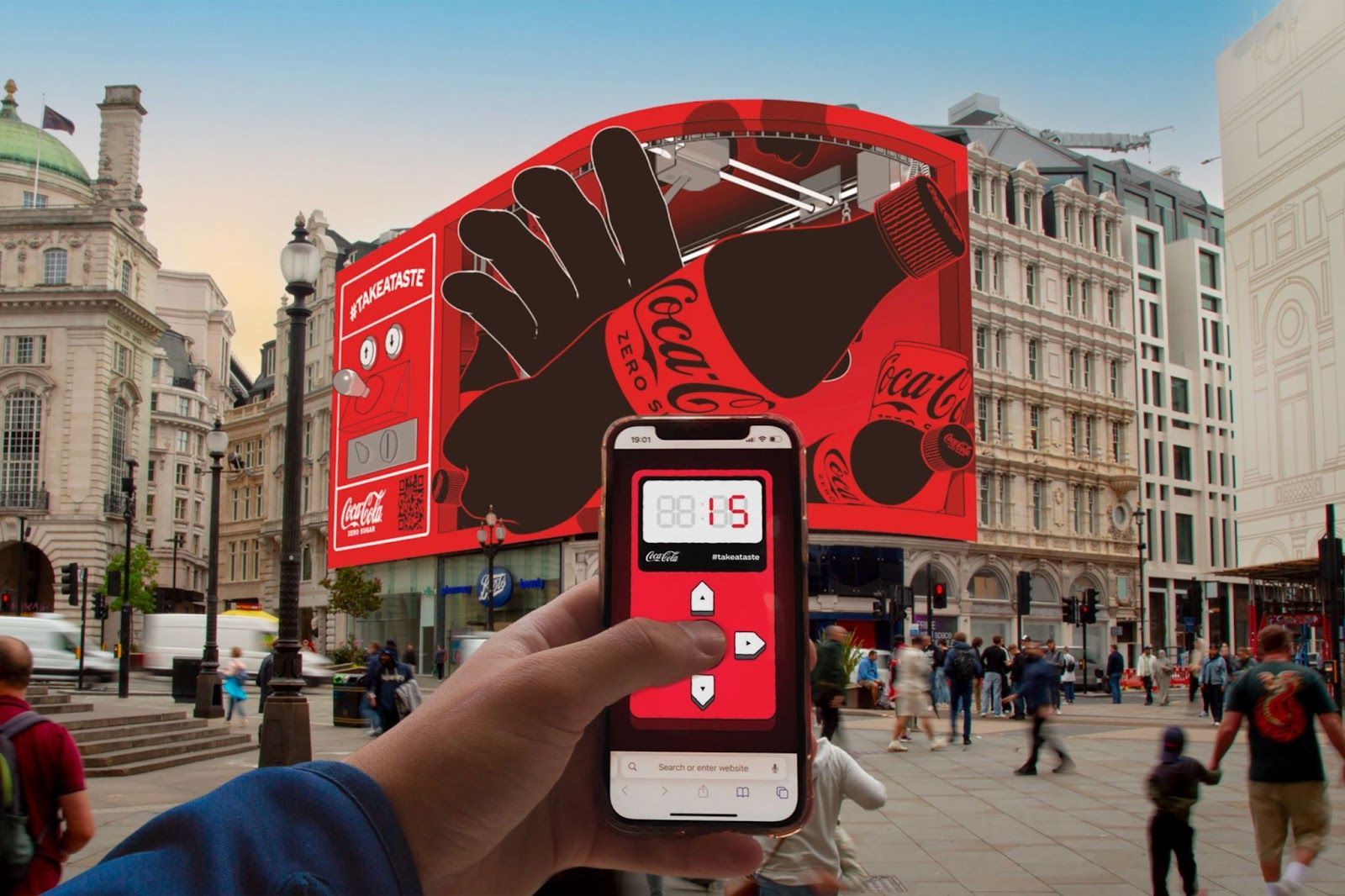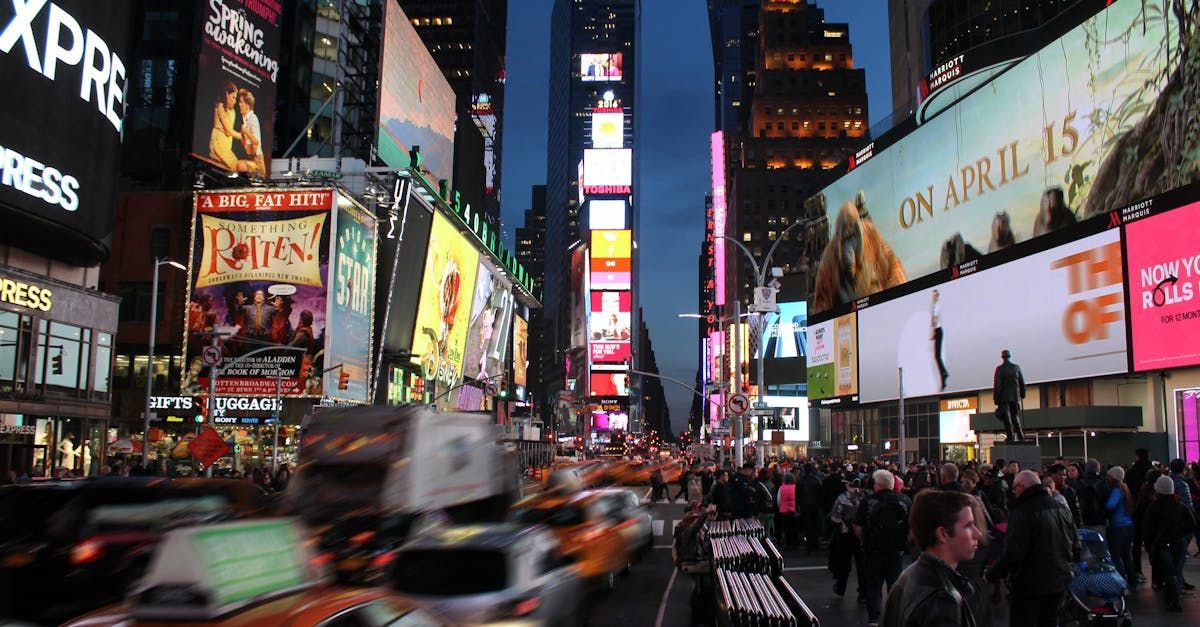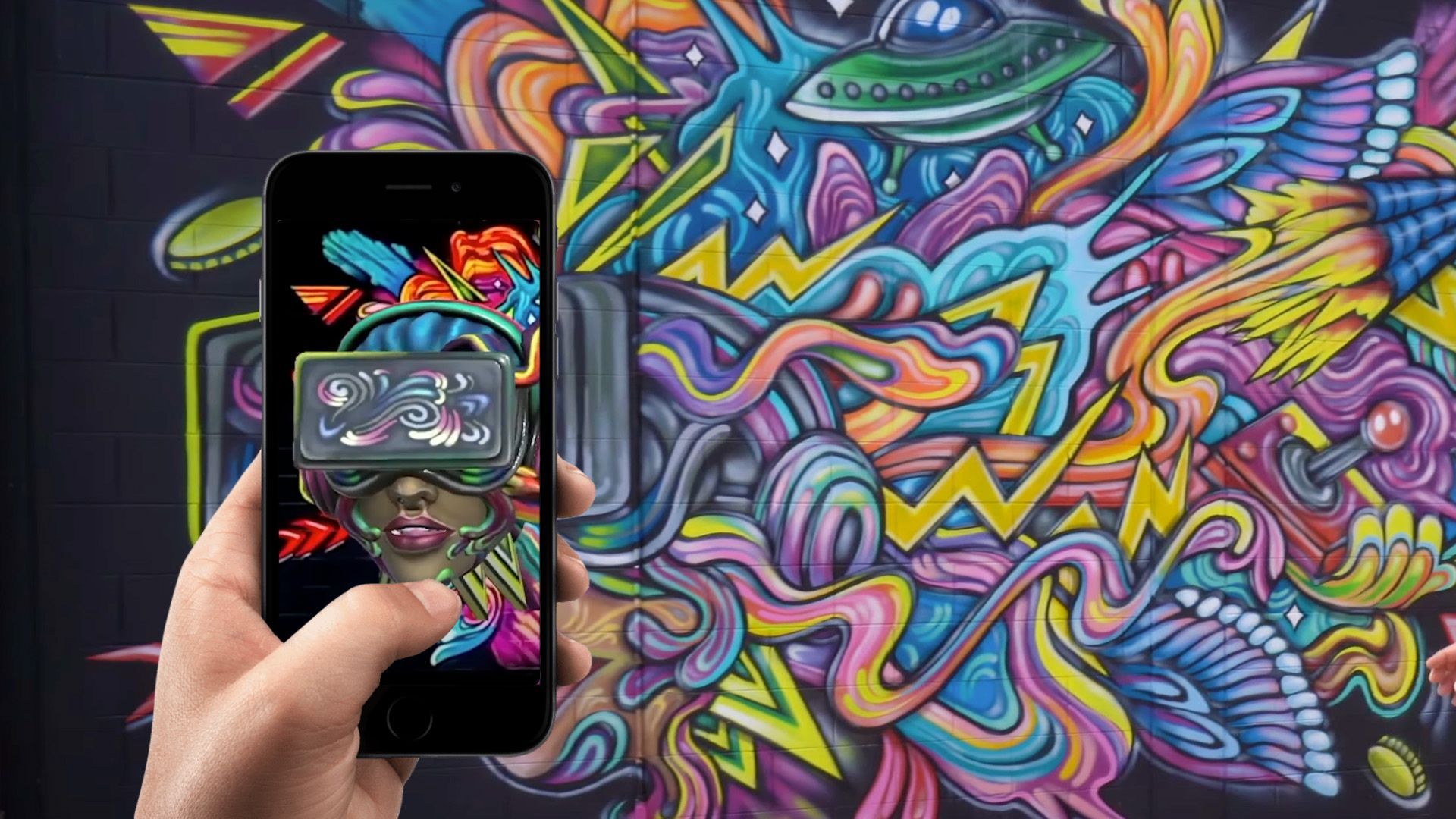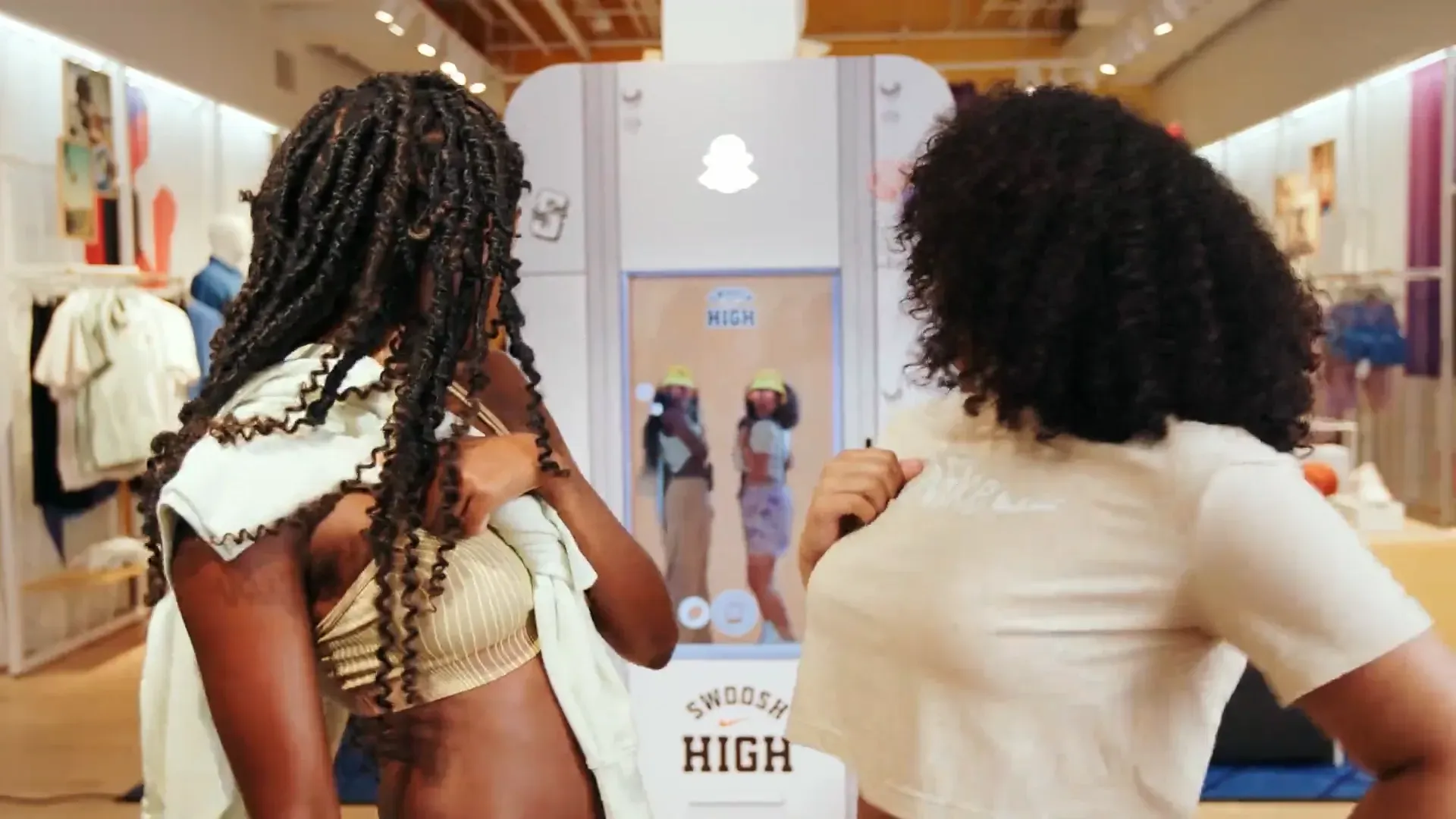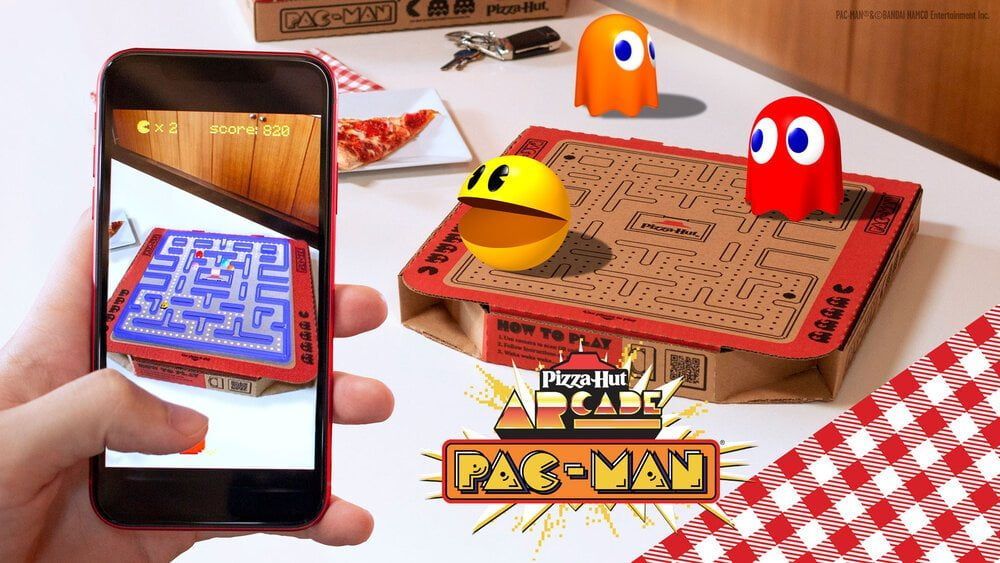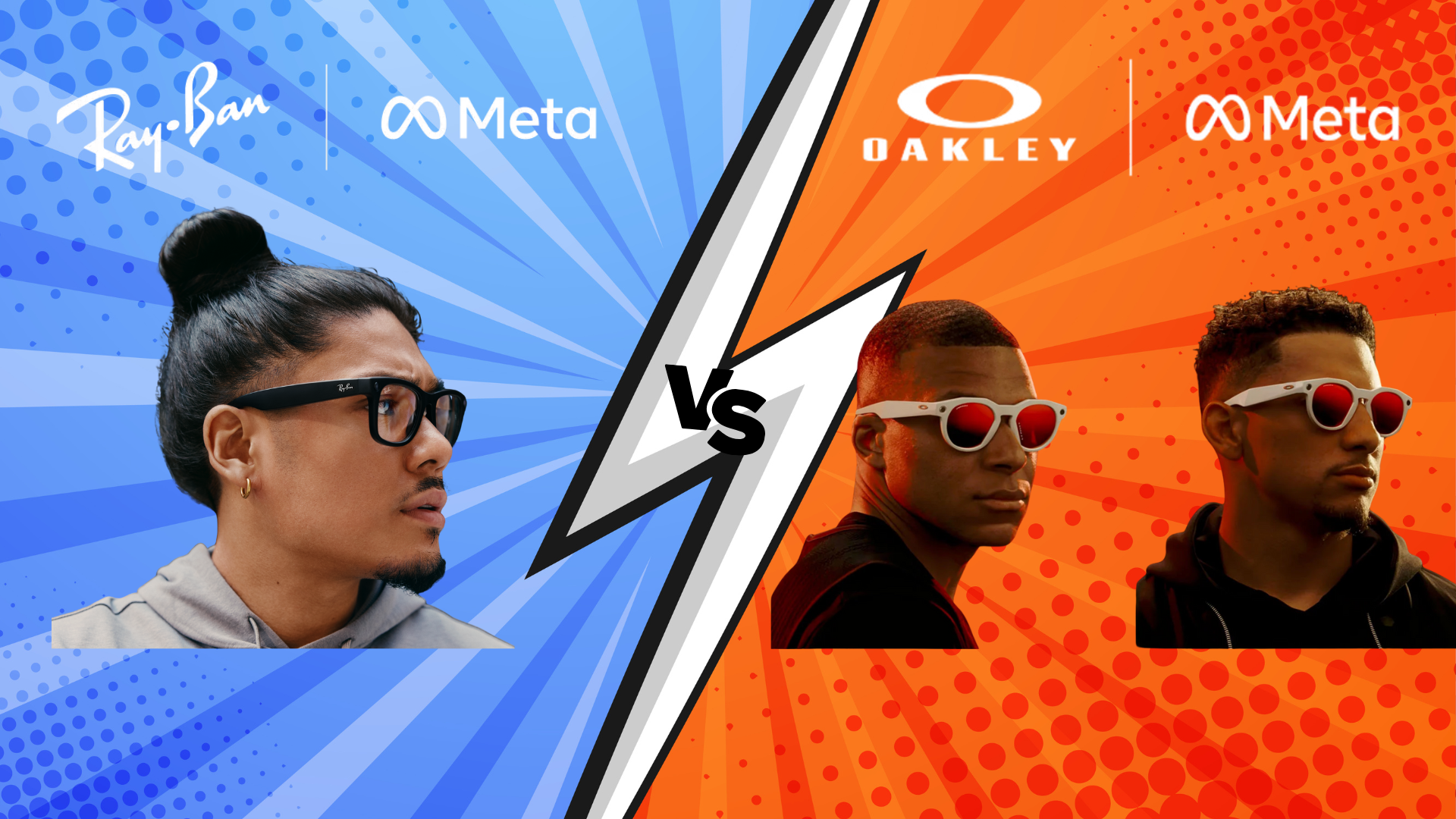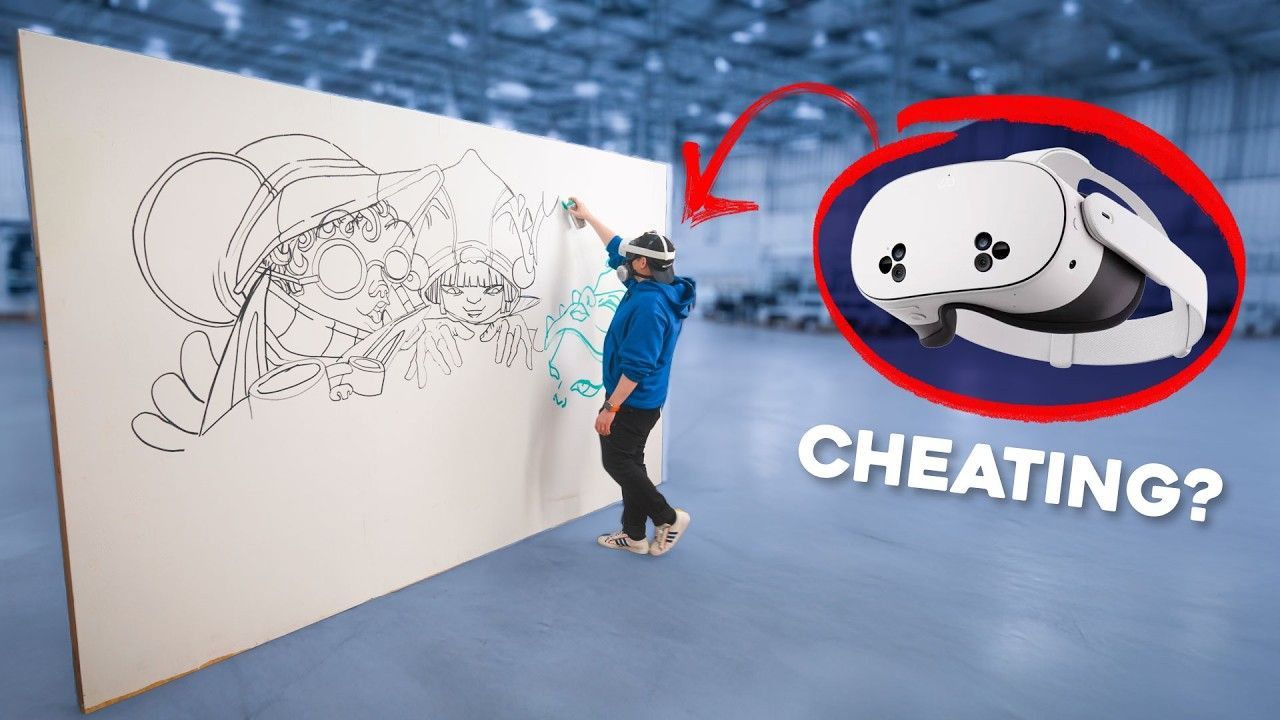What is Projection Mapping and How Can It Be Used in Advertising?
Projection mapping, or video mapping, is a technology that transforms ordinary objects and surfaces into dynamic, interactive displays. Using specialized software and high-powered projectors, advertisers can create stunning visual effects on anything from buildings to cars, turning them into large-scale video canvases. This technique is attention-grabbing and provides highly immersive experiences that leave lasting impressions on audiences.
Understanding Projection Mapping
Projection mapping involves projecting video content onto typically irregular and three-dimensional surfaces, such as buildings, monuments, or even stages. Unlike traditional projections that require flat, white surfaces, projection mapping uses various surfaces' unique shapes and textures to create visually engaging and memorable experiences.
The process of projection mapping includes the following steps
- Surface Scanning and 3D Modeling: The first step is to scan the target surface and create a precise 3D model. This model helps designers understand the contours and dimensions of the surface, ensuring the projected image aligns perfectly.
- Content Creation: Designers then develop the visual content tailored to the 3D model. Depending on the campaign's objectives, this content can range from simple animations to complex interactive displays.
- Projection Setup: High-powered projectors are strategically placed around the target surface to ensure full coverage. Proper placement and calibration are crucial for achieving seamless projections.
- Projection and Adjustment: Finally, the content is projected onto the surface. Real-time adjustments are often necessary to ensure the visuals align correctly and maintain high quality.
Applications in Advertising
Projection mapping offers many applications in advertising, providing a unique and impactful way to engage audiences. Here are some of the most common uses:
Building Projections in Public Spaces
- Billboard Replacement: Instead of traditional billboards, brands can use projection mapping to create dynamic advertisements on building façades. These large-scale projections can display moving images and videos, making them more engaging and eye-catching than static billboards.
- Event Enhancements: During events, projection mapping can transform venues by projecting themed visuals on surrounding structures. This is particularly effective for product launches, concerts, and public festivals, creating an immersive atmosphere that captivates attendees.
Retail and Product Displays
- Storefront Displays: Retailers can use projection mapping to create dynamic window displays that change throughout the day, showcasing different products and promotions. This not only attracts more foot traffic but also enhances the shopping experience.
- In-Store Experiences: In stores, projection mapping can create interactive shopping environments. For example, a clothing store can project fashion shows or seasonal themes on walls and floors, making the shopping experience more engaging.
Vehicle and Transport Advertising
- Car Projections: Vehicles can be turned into moving advertisements using projection mapping. This method is especially effective for brands looking to make a statement at events or in busy urban areas. The projections can highlight new product features or create thematic displays for promotional tours.
Augmented Reality and Interactive Experiences
- Augmented Reality Integration: Combining projection mapping with augmented reality (AR) allows for highly interactive experiences. Users can interact with the projections through smartphones, enhancing engagement and creating a multi-layered experience. For instance, users might see additional animations or information by pointing their phones at the projection.
Benefits of Projection Mapping in Advertising
Projection mapping offers several benefits that make it an attractive option for advertisers looking to create impactful campaigns:
- High Engagement and Memorability: Projection mapping creates visually stunning displays that capture attention and are hard to ignore. This high level of engagement makes it more likely for audiences to remember the brand and message.
- Versatility and Creativity: The technology allows for endless creative possibilities. Advertisers can tailor the content to fit any surface, theme, or event, making it a highly versatile tool.
- Real-Time Adaptability: Projection mapping can be adjusted in real-time, allowing advertisers to respond quickly to audience reactions and changing environments. This flexibility ensures that the campaign remains relevant and effective throughout its duration.
- Large Scale Impact: The ability to project on large surfaces like buildings or stages ensures the message reaches a wide audience. This is particularly beneficial for high-profile campaigns or major product launches.
Real-World Examples of Projection Mapping in Advertising
Several brands have successfully leveraged projection mapping to create memorable advertising campaigns:
- Coca-Cola's Building Projection in Sydney: Coca-Cola used projection mapping to transform a building in Sydney into a giant vending machine. Passersby could interact with the projection by "selecting" a Coke, which then appeared to roll down the building to a real vending machine at the base, where they could collect their drink.
- Nike's Stadium Projections: Nike has used projection mapping to turn stadiums into immersive sports arenas. During product launches, the brand projected dynamic visuals on the field and stands, creating an engaging experience for the attendees and enhancing the brand's innovative image.
- Audi's Car Projections: Audi has utilized projection mapping to showcase the features of new car models. By projecting visuals onto the cars themselves, Audi created a virtual tour that highlighted each feature in a visually engaging way, allowing potential customers to see the car in action.
Future of Projection Mapping in Advertising
The future of projection mapping in advertising looks promising, with technological advancements enhancing its capabilities. Integrating augmented reality, artificial intelligence, and interactive elements will further elevate the immersive experiences that projection mapping can provide. As the technology becomes more accessible, we can expect to see an increase in its use across various industries and marketing campaigns.
- Enhanced Interactivity: Future projection mapping projects will likely incorporate more interactive elements, allowing audiences to engage with the content in real time. This could include touch-sensitive projections, interactive games, and personalized content experiences.
- Greater Integration with Social Media: Projection mapping campaigns can be designed to encourage social media sharing, amplifying the campaign's reach. For example, a projection mapping event could include a social media hashtag that attendees use to share their experiences, creating organic buzz and increasing brand visibility.
- Sustainability and Eco-Friendly Advertising: Projection mapping offers an eco-friendly alternative to traditional billboards and printed advertisements. By using light instead of physical materials, brands can reduce their environmental footprint while creating impactful advertising experiences.
Conclusion
Projection mapping is a highly effective and versatile tool in advertising. It allows brands to create immersive and memorable experiences that captivate audiences and leave a lasting impression. By leveraging the power of projection mapping, advertisers can transform ordinary surfaces into dynamic canvases, bringing their products and messages to life in ways that traditional advertising methods cannot match. As technology continues to evolve, the possibilities for projection mapping in advertising are virtually limitless, promising even more innovative and engaging campaigns in the future.
This innovative technology meets modern advertisers' needs and aligns with the growing demand for immersive and interactive experiences. As consumers continue seeking unique and engaging content, projection mapping will undoubtedly play a crucial role in the future of advertising. By staying ahead of the curve and embracing this cutting-edge technology, brands can ensure they remain at the forefront of the advertising industry, delivering experiences that resonate with audiences and drive meaningful engagement.
Whether transforming a building into a giant video display, creating interactive retail environments, or turning vehicles into moving advertisements, projection mapping offers endless possibilities for creative and impactful advertising. As we move into an increasingly digital and visually driven world, the ability to create memorable and engaging experiences through projection mapping will be a key differentiator for forward-thinking brands. So, if you want to make a lasting impression and captivate your audience, it's time to explore the exciting world of projection mapping.
TALK TO A PRO
We're here to bring your brand to life!
Stay Connected with BrandXR
Create Augmented Reality for Free!
Create, Publish, and Measure 3D Augmented Reality Experiences Without Having to Code.
